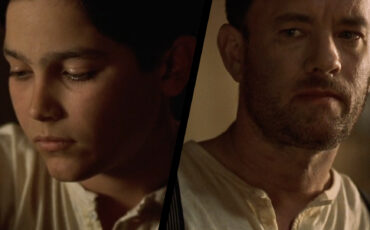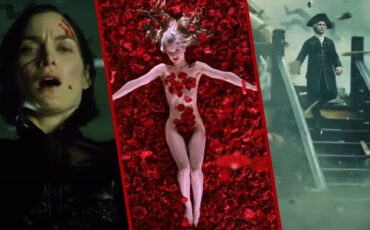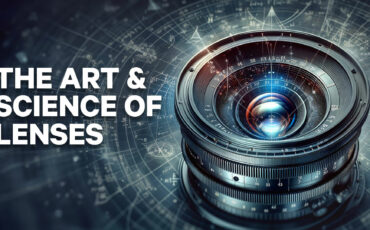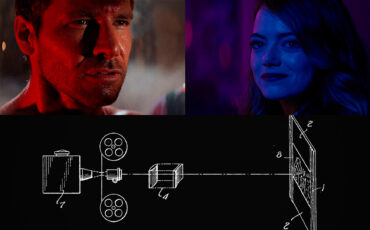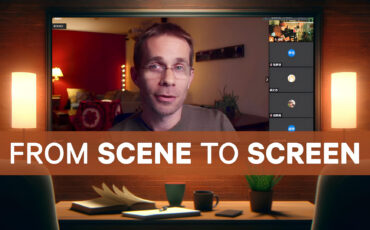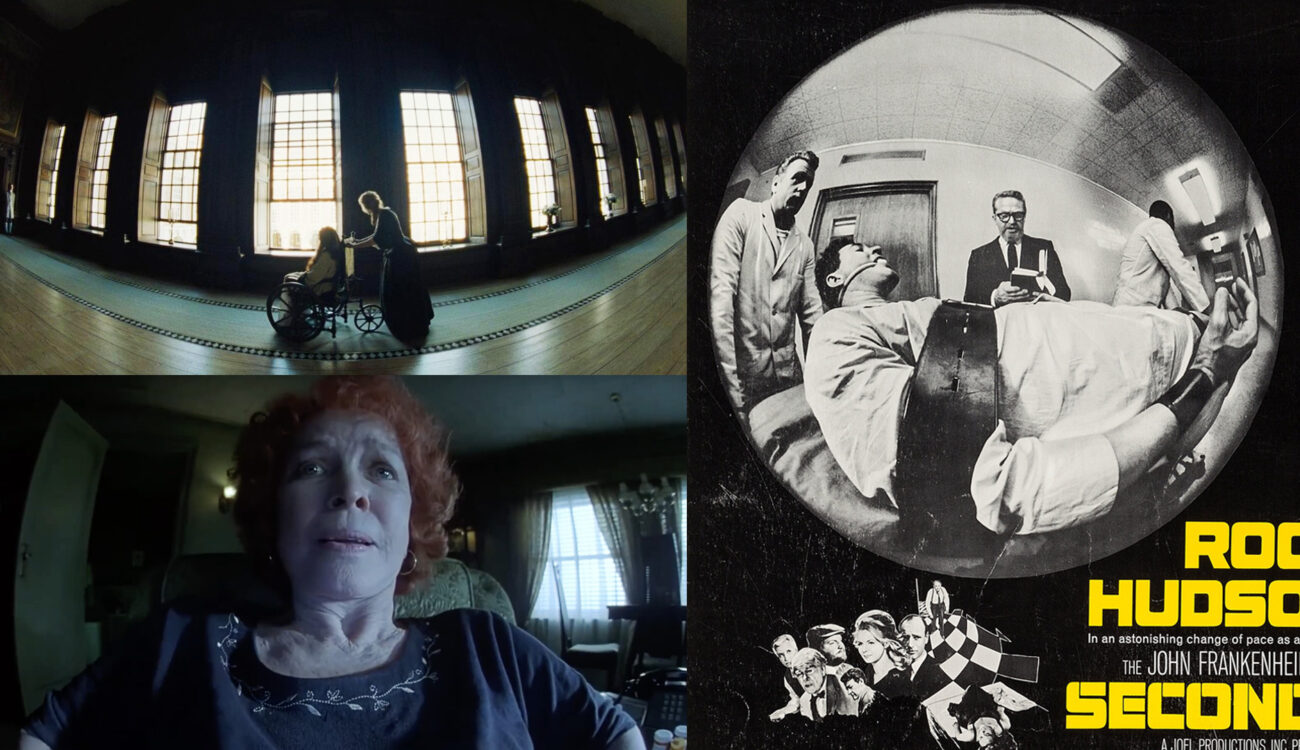
As filmmakers, we know that lenses are not merely pieces of glass. They are our go-to devices to catch light and turn it into pure magic. Each lens has its own characteristics, special effects, and visual style, but not only that. Every one tells a different story – even the wildest ultra-wides. Today, we’re talking about a fisheye lens, its distinct look, and narrative use in films.
The name “Fisheye” comes from its inventor, physicist Robert W. Wood. In 1906, he developed a lens that should have mimicked how a fish would see the world underwater. Originally – as in the case with anamorphic optical systems – it had nothing to do with film and photography and was mostly used for sky research, to study cloud formations in meteorology. That changed in the 1960s, and since then, we can enjoy its narrative powers in our favorite movies.
Style through aberrations
In the MZed course “The Art and Science of Lenses,” filmmaker and educator Tal Lazar explains the term “aberration,” which we might often come across in regard to lenses (and especially extreme ones like a fisheye). The technical definition goes like this:
Aberrations are the failure of an optical system to focus all of the incident light rays coming from a point on the object to an image point.
A definition from the course “The Art and Science of Lenses”
However, as Tal Lazar adds, the truth is that every lens has aberrations. In fact, it’s what gives them their personality. And that’s exactly what we want, isn’t it, for things to have character? So when we look at what’s called a “barrel distortion” – an aberration that is specific to a fisheye lens – we handle it not as a mistake but as a creative tool.
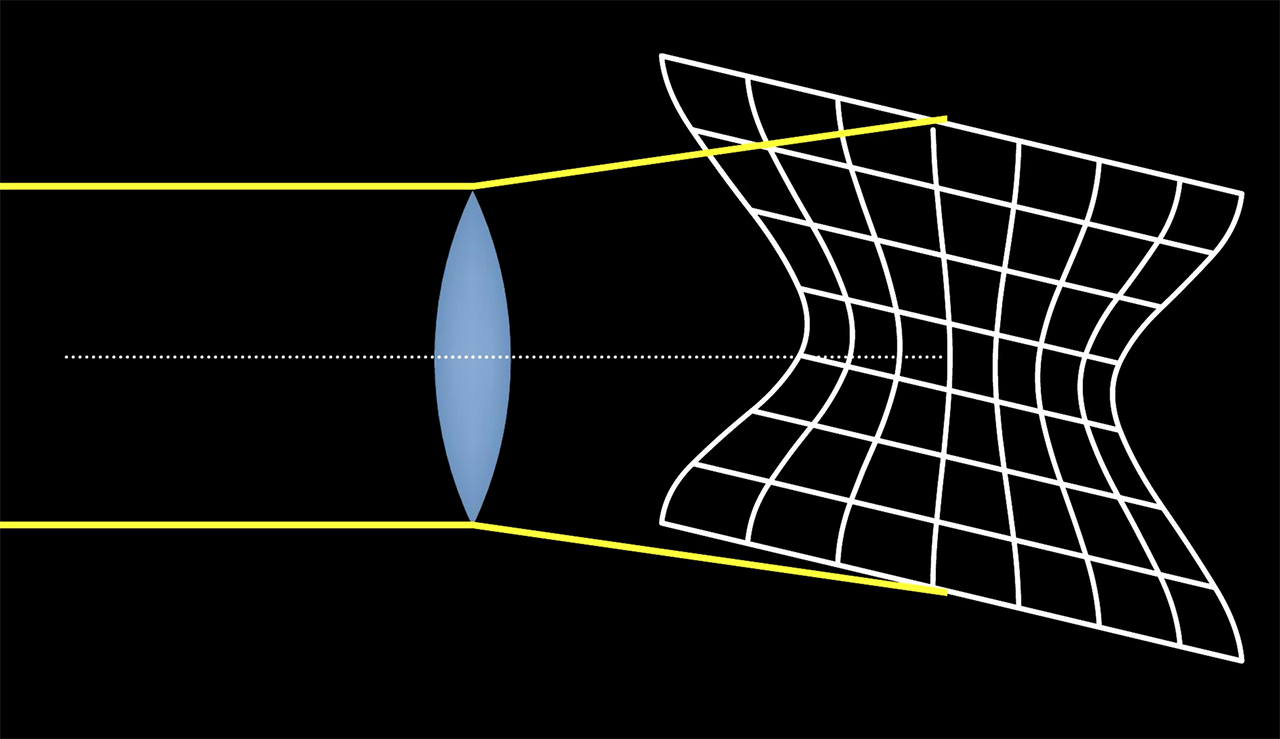
What is a fisheye lens?
The mass production of the fisheye lens started decades after its invention in the 1960s. That’s also when it first saw a film set in the psychological horror “Seconds” by John Frankenheimer.
A typical circular fisheye lens captures extremely wide angles of view, around 180 degrees (going up to 220° in some cases). Its focal length might be 8 to 10mm or even shorter (or longer, depending on the camera sensor). As we already discussed, this creates a severe distortion at the edges of the image and sometimes even a black border surrounding the spherical shot. You’ve surely experienced this effect already, but if not, just imagine looking into a mirrored glass ball.
The Art & Science of Lenses
Narrative use of a fisheye lens
So, what does this unique look bring to the table? First of all, it allows us to keep an object or a character in the middle of the frame and the viewer’s attention, but at the same time, reveal as much of the environment around them as possible. That’s why action cameras such as GoPro particularly love the fisheye lens, and we often see it used in extreme sports sequences. When an athlete wears one, it intensifies the audience’s experience as they ride, say, a mind-blowing downhill trail.
At the same time, the distorted quality of the fisheye image can give us the impression of looking through a porthole or that reality suddenly wobbles and transforms. That’s where visual storytelling and working with subtext begin to play an important role.
Peeking through the porthole
One of the recent examples is Yorgos Lanthimos’s Oscar-nominated feature “Poor Things.” This film is a bizarre experience on its own, but what makes this weird notion even more intense is the movie’s use of rare visual tools. Together with cinematographer Robbie Ryan, Yorgos picked for the production five lenses in total, and among them – a 4mm (T2 OpTex Super Cine). The fisheye look occurs quite unexpectedly in some scenes and makes us feel as if we are peeking through a porthole into the extraordinary world of Bella Baxter.

Film stills from “Poor Things” by Yorgos Lanthimos, 2023 

What else does this look achieve? First, the ultra wide-angled perspective brings us, the viewers, closer to the characters – as if we could almost step through this porthole and appear in the living room with them. Secondly, it breaks our expectations. We’re used to wide establishing shots that help us place ourselves in the scene and the film space. The fisheye lens of “Poor Things” does the opposite. It disorientates the audience and causes our minds to take a moment to adjust, which is, well, Lanthimos’s intention throughout the whole story.
Fisheye look as a disturbing element
“Poor Things” wasn’t the first time director Yorgos Lanthimos and cinematographer Robbie Ryan relied on a fisheye lens for the visual storytelling. A couple of years ago, they used the same tool in a dark comedy period drama, “The Favourite,” although for a slightly different reason.

Film stills from “The Favourite” by Yorgos Lanthimos, 2018 
The film’s plot is set in early 18th century Great Britain, and of course, a fisheye lens looks out of place, adding to the absurdity of the story. Here, the distorted perspective heightens the jumbled mess of emotions of the protagonist, Queen Anne, and her two lovers, Sarah and Abigail, competing for her attention and power. As in the case of “Poor Things,” this film is a surreal experience in general, and we’re never quite sure where the characters’ allegiances lay. Using such an extreme lens emphasizes the bizarreness of the protagonist – who’d rather play with her 17 rabbits than govern – and her court.
Experimenting with the character’s perception
A distorted field of view can also be quite handy in representing a distorted reality, such as during hallucinations. That’s the visual aesthetics Darren Aronofsky’s “Requiem for a Dream” knowingly goes for. One of the protagonists, Sara, slowly spirals deeper into addiction by popping diet pills. She believes she is going to be a star on a TV game show. The television is central to her house-bound life, and appearing there becomes her ultimate fantasy. When her first full-blown hallucination of this sort occurs, the camera switches from a “normal” wide-angle to a fisheye lens.
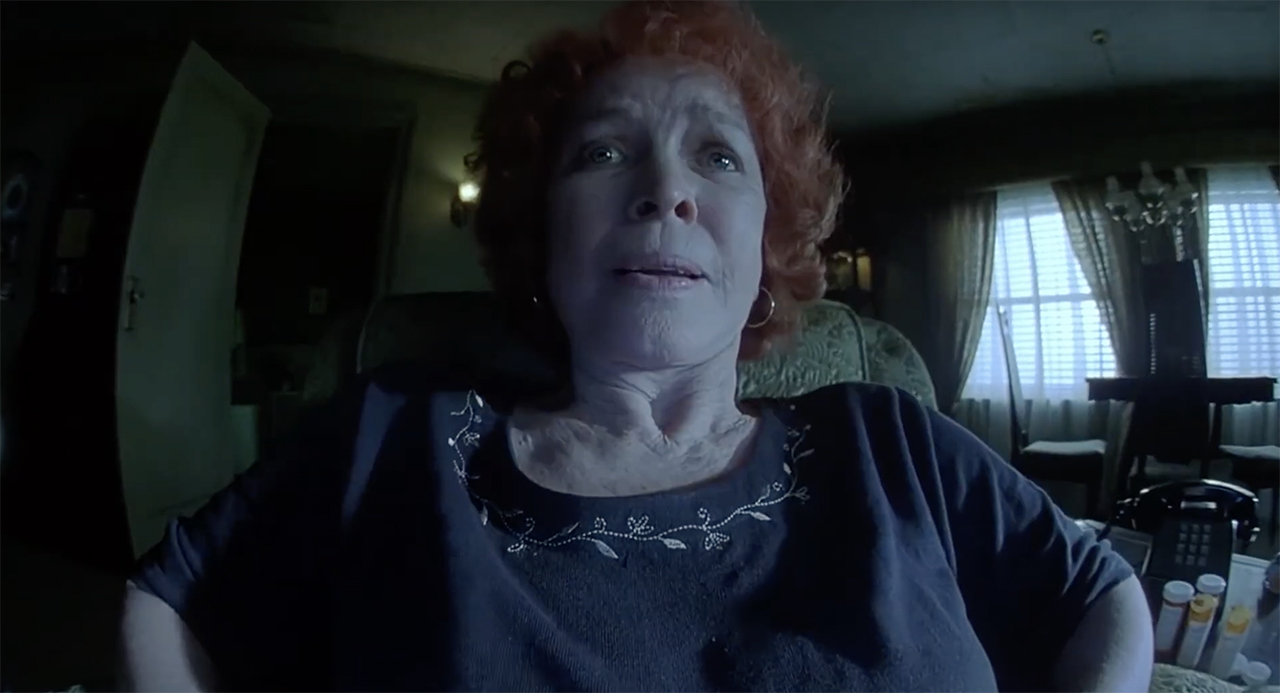
How does this image make you feel? Me, personally – intimidated, disturbed. Sara goes through inner turmoil, and the lens transfers it brilliantly. Moreover, fisheye mimics the curvature of the television screen. So, when Sara hallucinates, it feels as if she now lives inside the TV. And when the fisheye look starts appearing in real-life scenes, like visiting a doctor’s office, we know her transition into a deluded drug-addict is complete.
The Truman Show
Another character who literally lived inside the television was, of course, Truman Burbank, portrayed by Jim Carrey. Sure enough, director Peter Weir also went for a fisheye look that appeared here and there throughout the story. For example, let’s rewatch a scene together:
The fisheye lens not only reminds us that Truman is constantly under the heavy eye of surveillance cameras but also represents the shape of a television screen. This way, we watch his life from the same perspective as his fans. Reminds me of the “Inception” concept, if you like.
Conclusion
The fisheye look might seem “too much” for a film when you’re deciding on a perfect lens for your story. Yet, as we’ve seen above, it produces a range of distinct and intense impacts on the audience, manipulates our perception, and amplifies the emotional response. The secret is – to apply it with knowledge and purpose, and the magic will start to work.
What’s your take on the fisheye lens and its narrative powers? Have you used it in your films? If so, why? What was the purpose of such a choice? Do you have any other great film examples that feature this look? Share your thoughts with us in the comments below!
Feature image: film stills from “The Favourite” and “Requiem for a Dream,” combined with a film poster for “Seconds” by John Frankenheimer, 1966.
Full disclosure: MZed is owned by CineD.
Additional sources:
- “Cinematic Storytelling” by Jennifer Van Sijll, 2005;
- Nashville Film Institute





